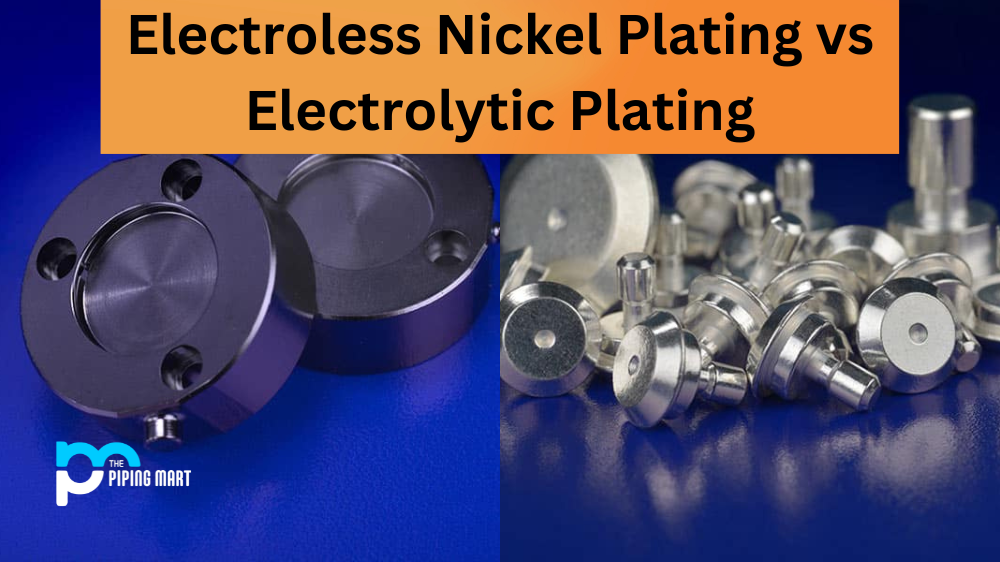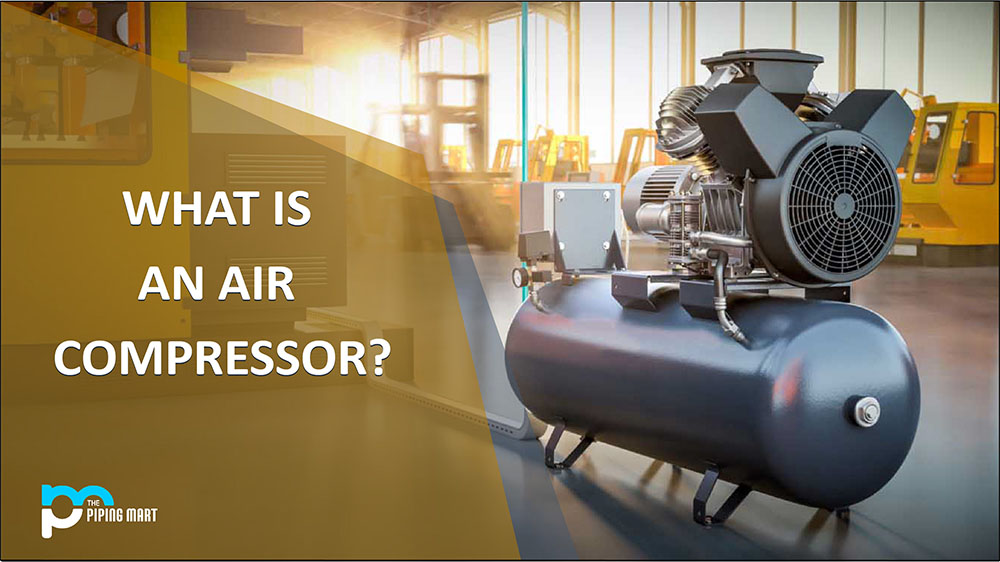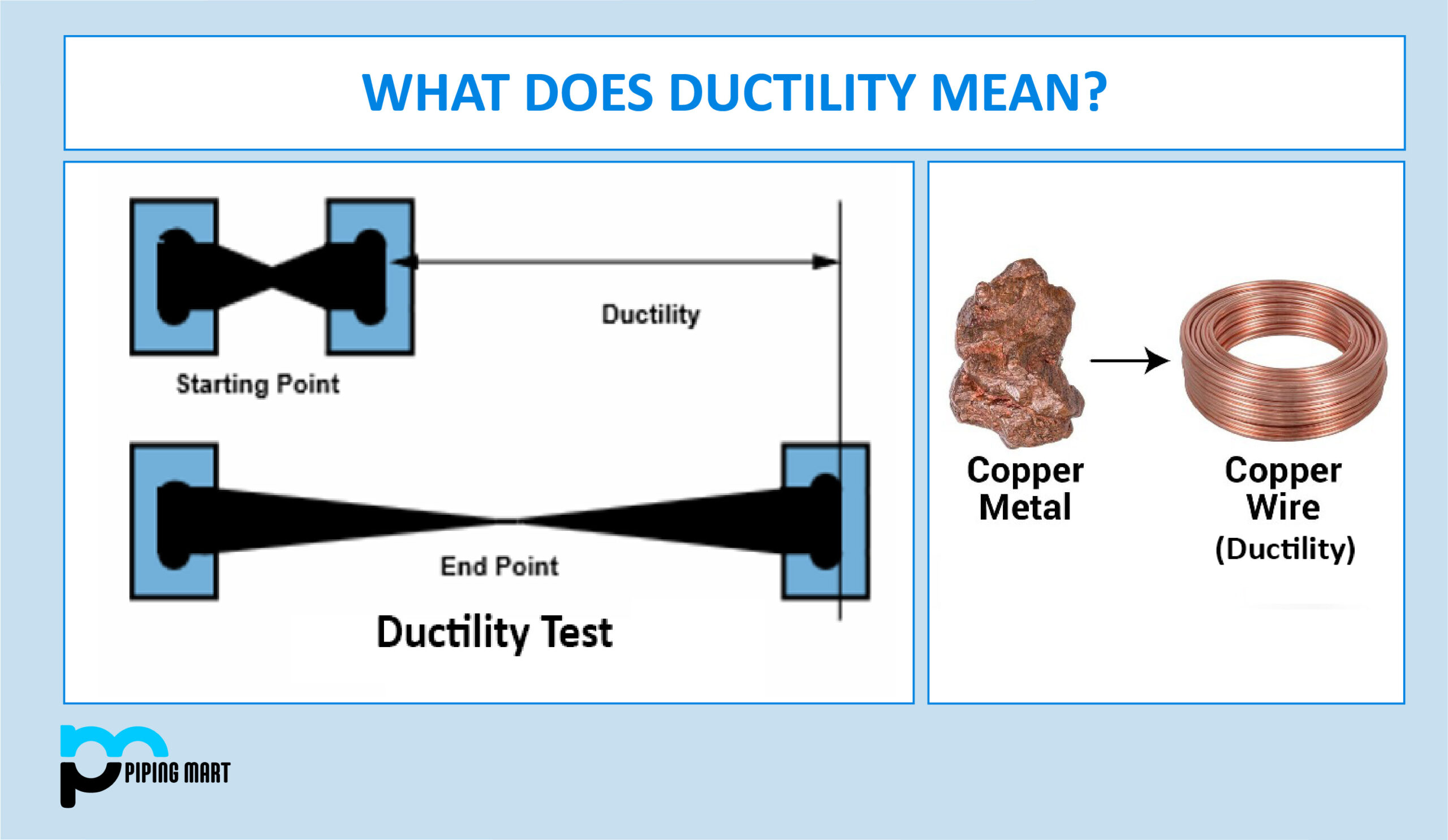If you’re looking to add a protective coating to your metal surfaces, electroless nickel plating and electrolytic plating are two popular options. But which one is right for your project? Both electroless nickel plating and electrolytic plating can provide a durable layer of protection against corrosion, chemical damage, and wear—but the similarities end there. Let’s take a closer look at each type of plating to help you decide which one is best for your needs.
Electroless Nickel Plating
Electroless nickel plating (ENP) is an autocatalytic process that deposits a uniform layer of nickel-phosphorous alloy on metals such as steel, copper, brass, aluminum, and stainless steel. This process doesn’t require an electrical current; rather, it relies on chemical reactions between nickel ions in solution and metallic surfaces. The result is a hard coating with excellent corrosion resistance that can withstand even harsh environments. ENP is also highly resistant to wear and abrasion—making it ideal for parts that will be subject to heavy use or friction. Additionally, this type of plating is relatively inexpensive compared to other options.
Electrolytic Plating
Unlike electroless nickel plating, electrolytic plating requires an electrical current to deposit the desired metal onto the base material. This makes electrolytic plating more versatile than ENP because it can be used on any conductive material—including materials that don’t have any sort of surface reactivity such as gold or silver. Additionally, electrolytic plating offers greater control over thickness than ENP because the amount of deposited metal can be increased by simply increasing the current applied during the process. However, this type of coating tends to be more expensive than ENP due to its labor-intensive nature.
Difference Between Electroless Nickel Plating and Electrolytic Plating
No External Power Source Required
One of the primary benefits of electroless nickel plating is that it does not require an external power source. This means that it can be used in a wide variety of applications, including those where power is not readily available. Additionally, electroless nickel plating is often used in situations where a high level of corrosion resistance is required, as it provides a thick, uniform coating that helps to protect the underlying metal from corrosion.
More Environmentally Friendly
Another benefit of electroless nickel plating is that it is more environmentally friendly than other types of plating. This is because it does not require the use of harmful chemicals, such as cyanides or acids. Additionally, electroless nickel plating produces very little waste, as there is no need to remove excess material from the surface being coated.
Increased Corrosion Resistance
As mentioned above, one of the primary benefits of electroless nickel plating is its increased corrosion resistance. This is due to the fact that electroless nickel plating provides a thick, uniform coating that helps to protect the underlying metal from corrosion. Additionally, electroless nickel plating has been shown to be effective at protecting metals from a variety of corrosive environments, including those containing salt water or chemicals.
Improved Wear Resistance
In addition to increased corrosion resistance, electroless nickel plating also provides improved wear resistance. This means that it can help to extend the life of components that are subject to wear and tear. Additionally, electroless nickel plating can help to improve the performance of moving parts by reducing friction and wear.
Enhanced Electrical Conductivity
Another benefit of electroless nickel plating is enhanced electrical conductivity. This is due to the fact that electroless nickel plating provides a thin, uniform coating that helps to improve the flow of electrons between two surfaces. Additionally, electroless nickel plating has been shown to be effective at reducing electrical resistance in a variety of applications, including those involving high temperatures or high currents.
Increased Adhesion
Finally, electroless nickel plating also provides increased adhesion between two surfaces. This means that it can be used to improve the bond between two materials that are not typically compatible with each other. Additionally, electroless nickel plating can help to improve the performance of adhesives and sealants by increasing their bond strength
Conclusion:
When it comes down to choosing between electroless nickel plating and electrolytic plating for your project, there are several factors to consider including cost, efficiency, flexibility, and durability. Generally speaking, electroless nickel plating is a better choice if you need a durable coating that won’t break the bank; however, if you need greater control over thickness or want to apply a non-conductive material then electrolytic plating may be worth considering instead. Ultimately only you can decide which option would work best for your particular application—but now you have all the information necessary in order make an informed decision!

A passionate metal industry expert and blogger. With over 5 years of experience in the field, Palak brings a wealth of knowledge and insight to her writing. Whether discussing the latest trends in the metal industry or sharing tips, she is dedicated to helping others succeed in the metal industry.




